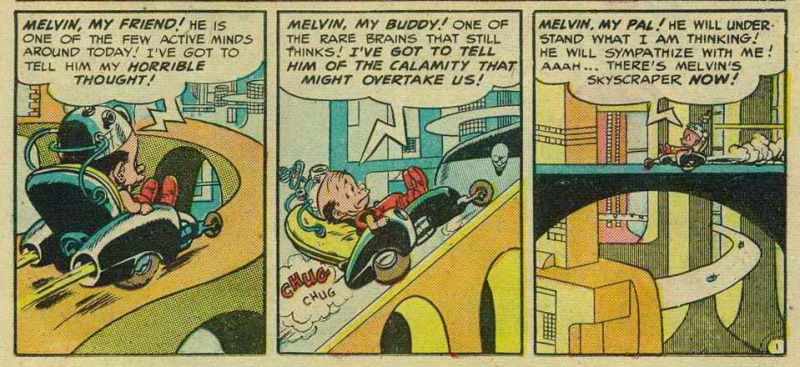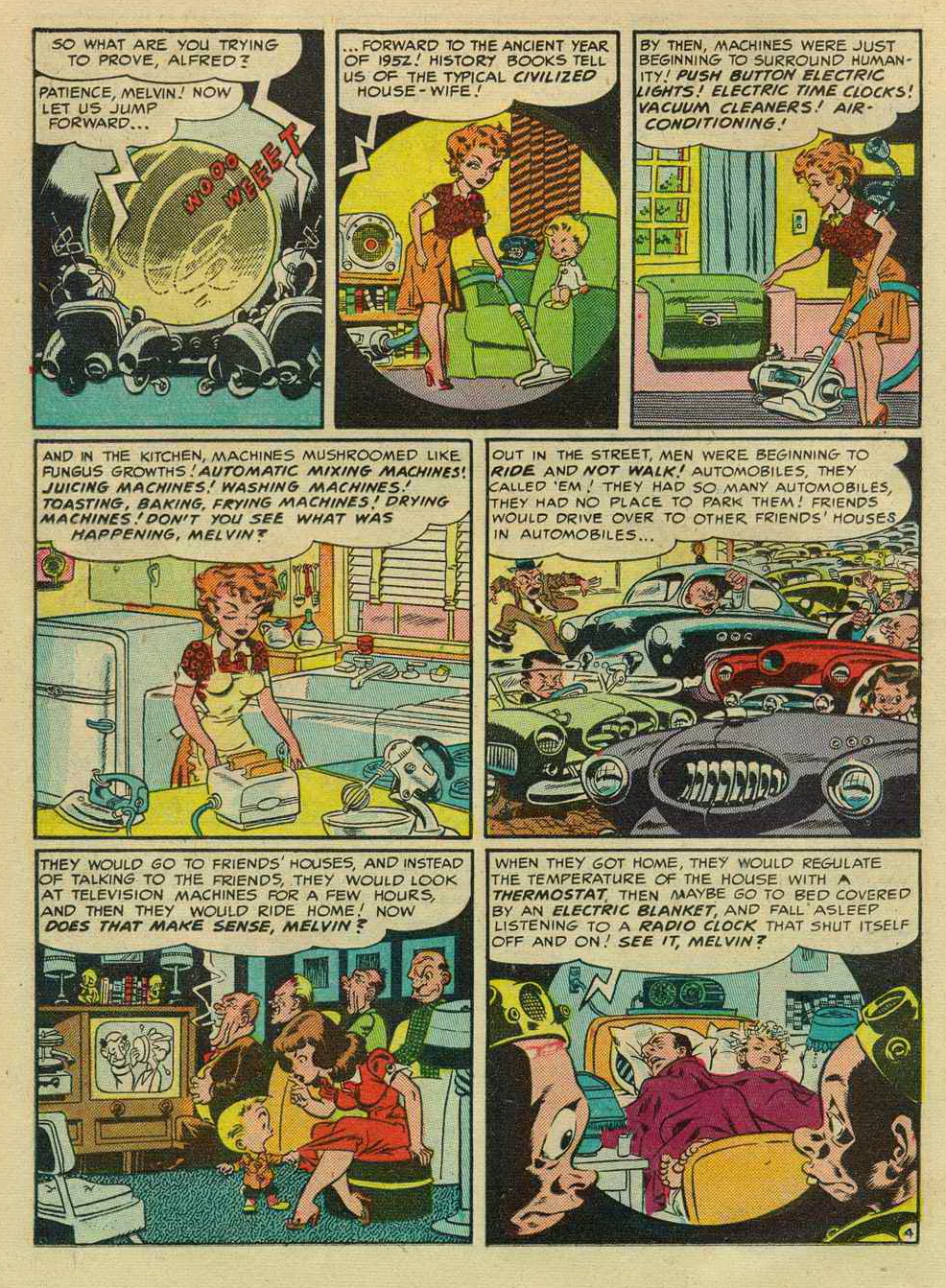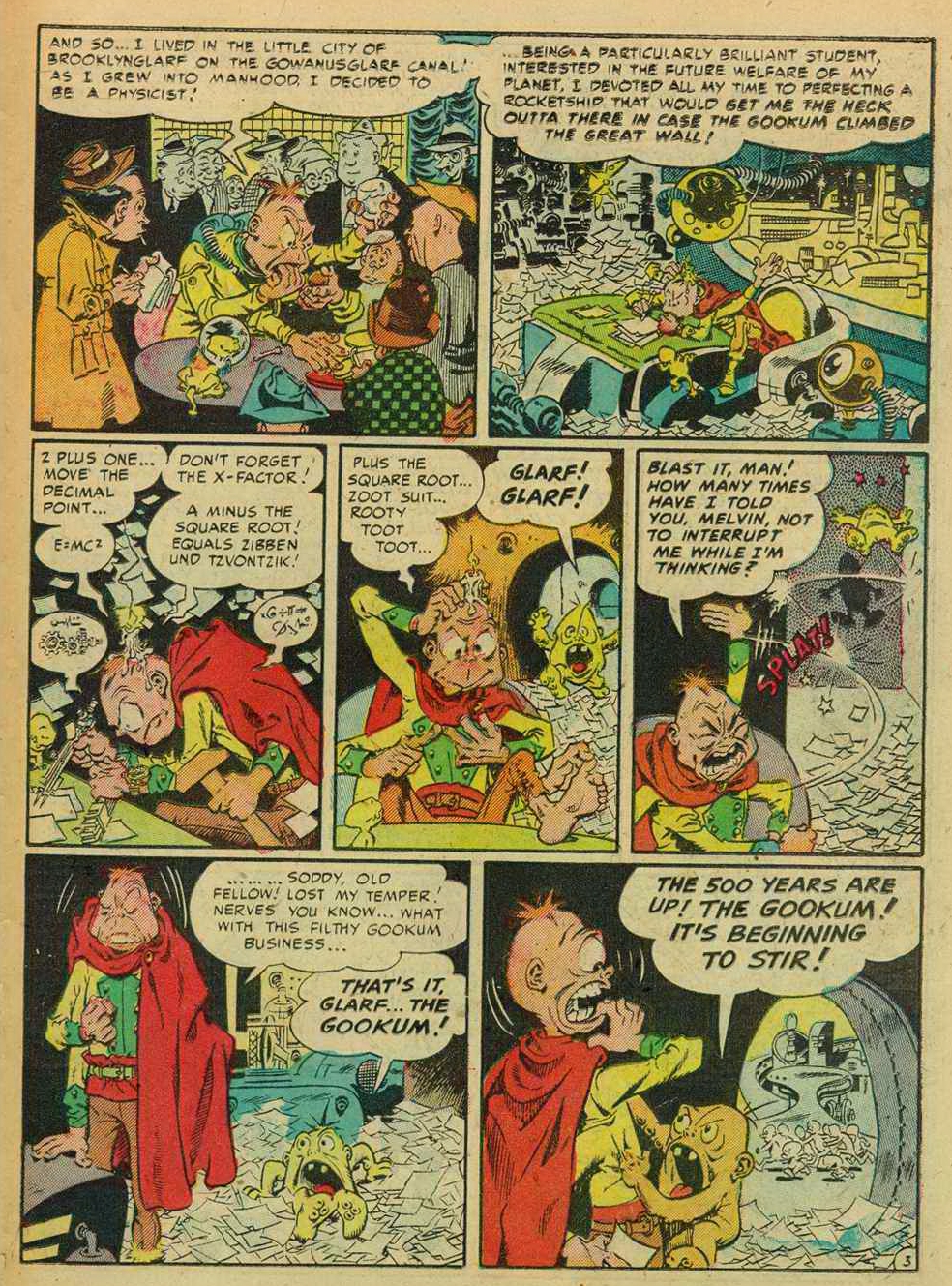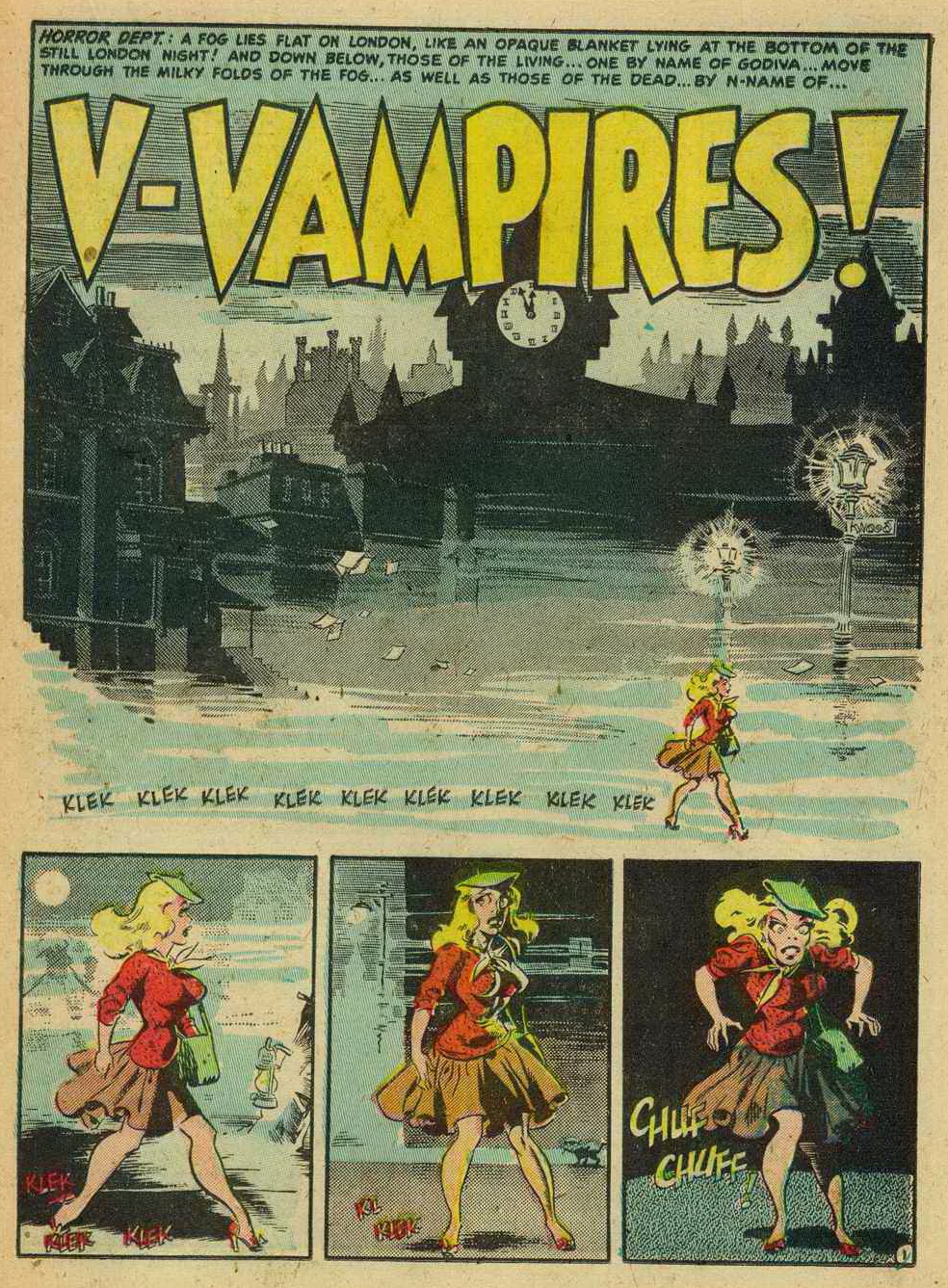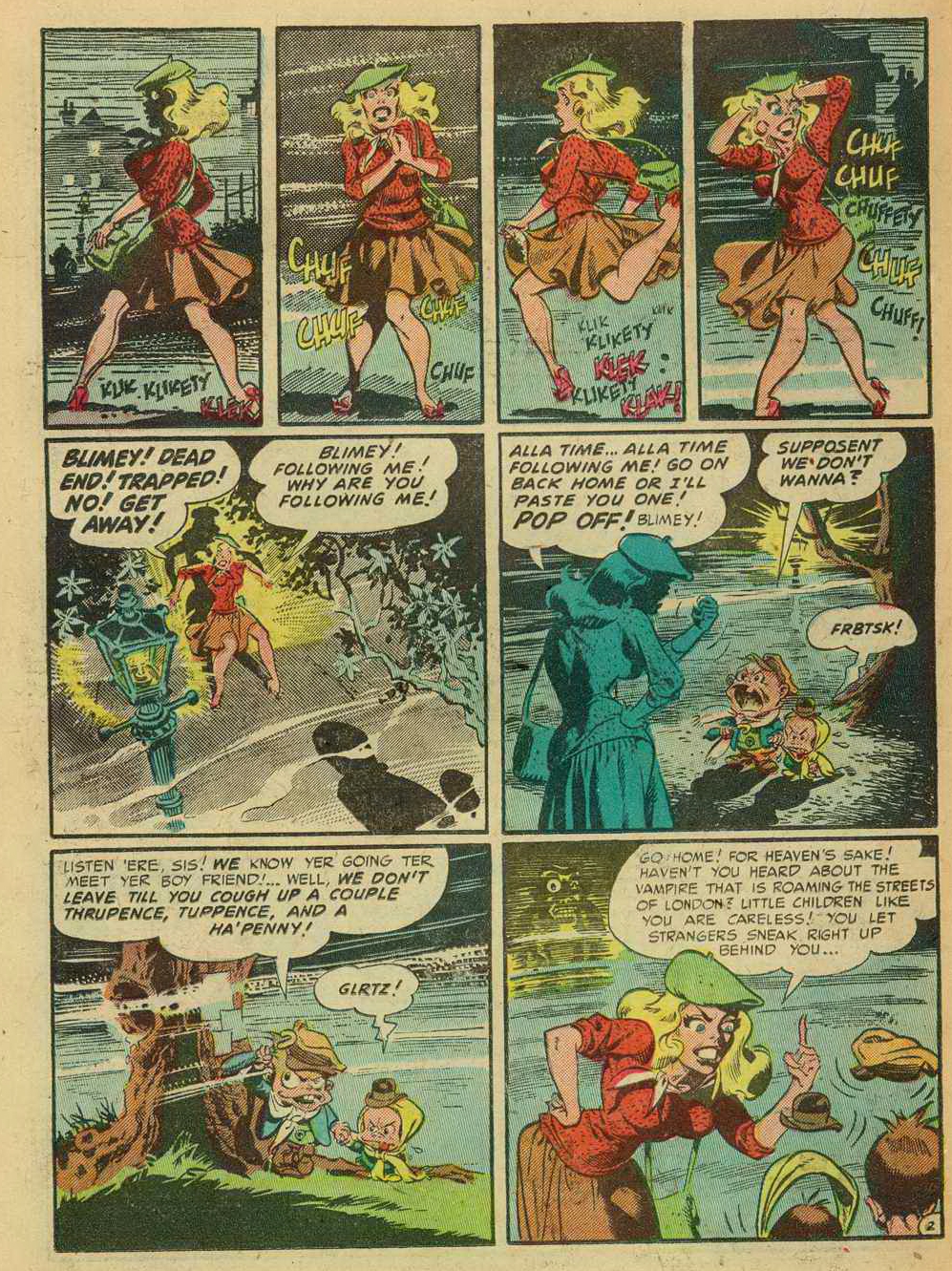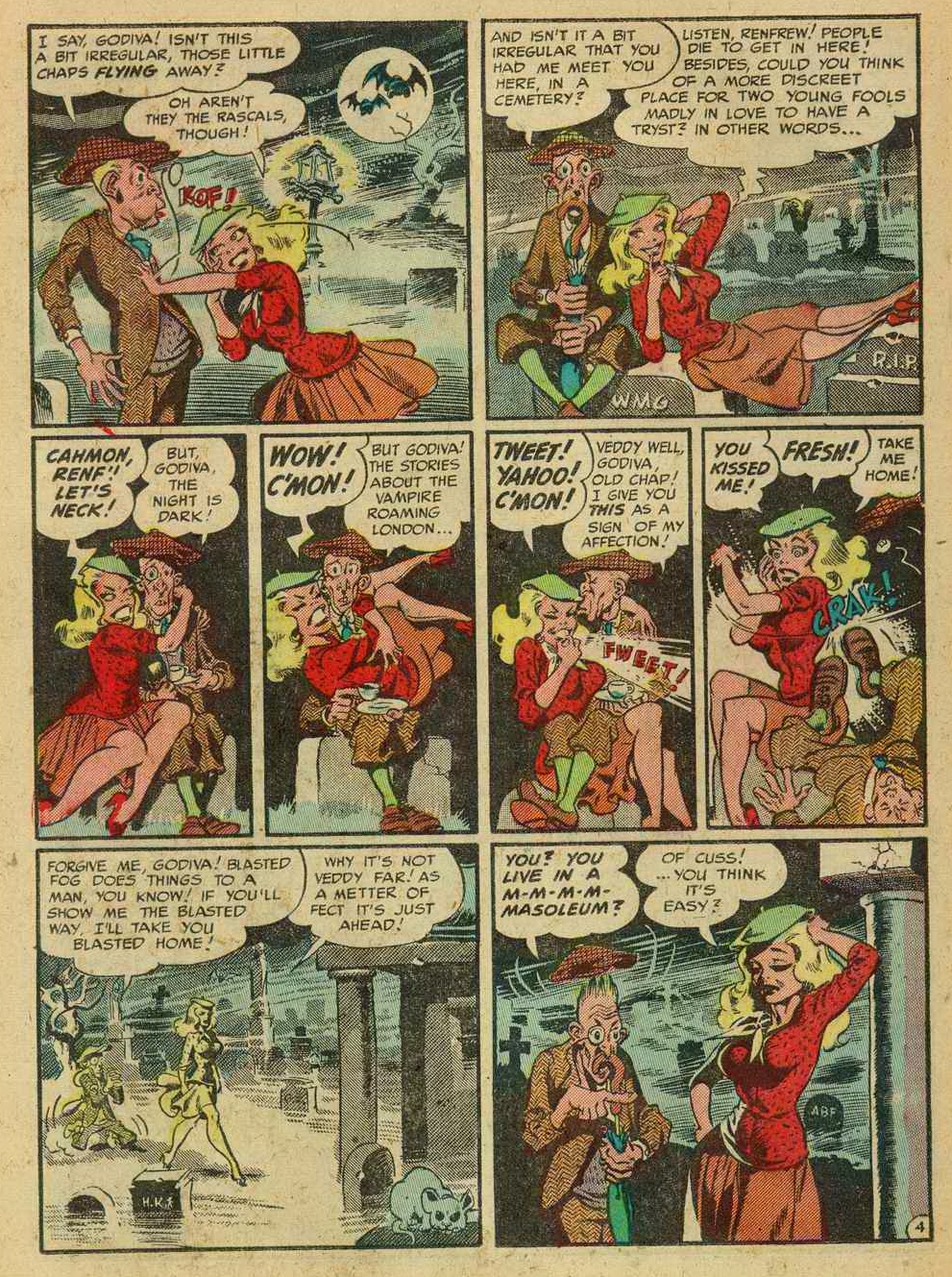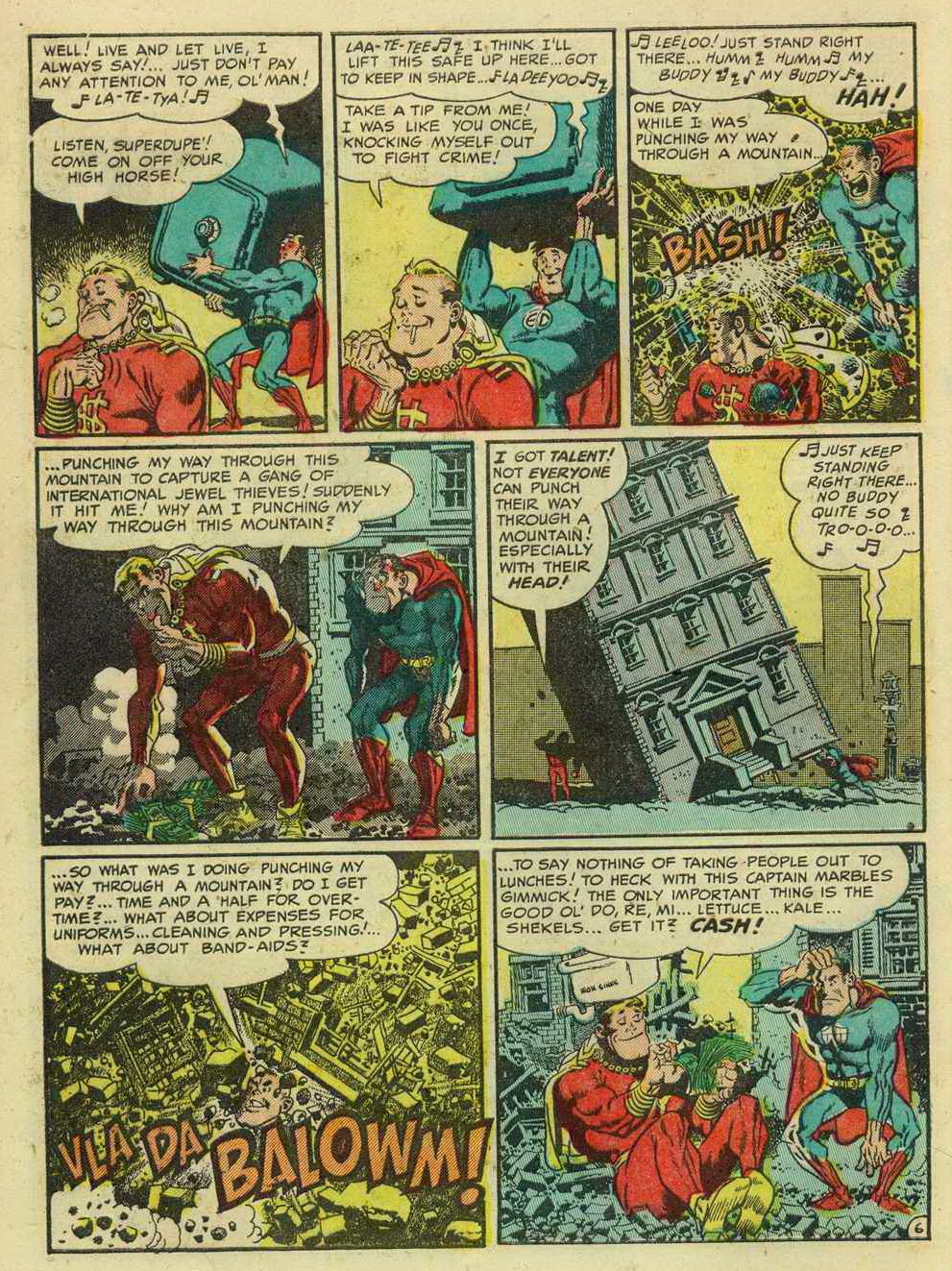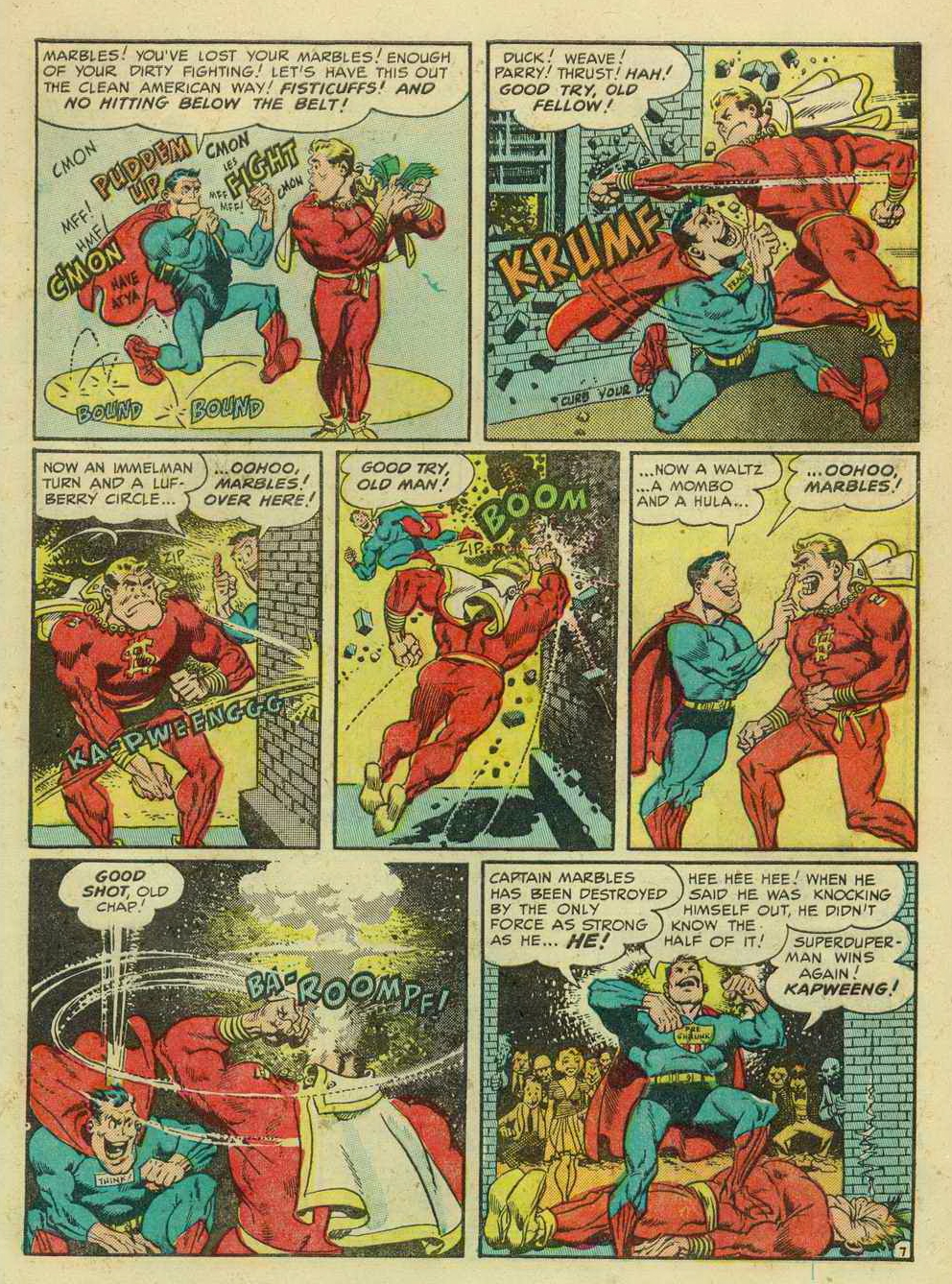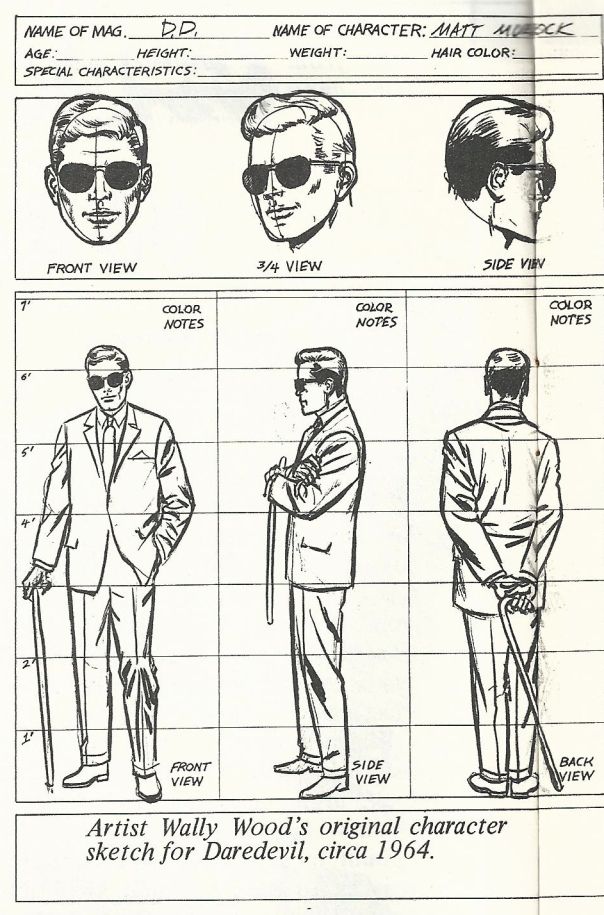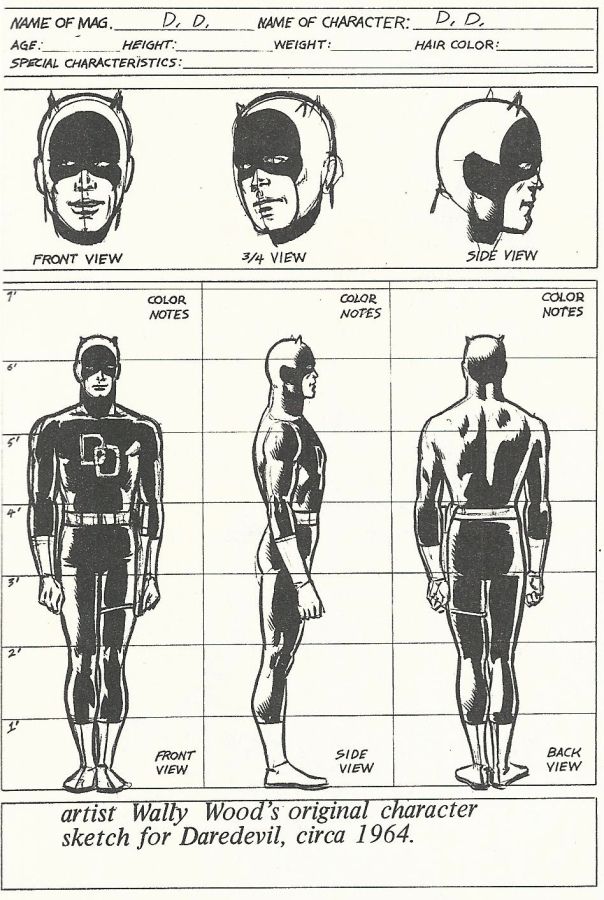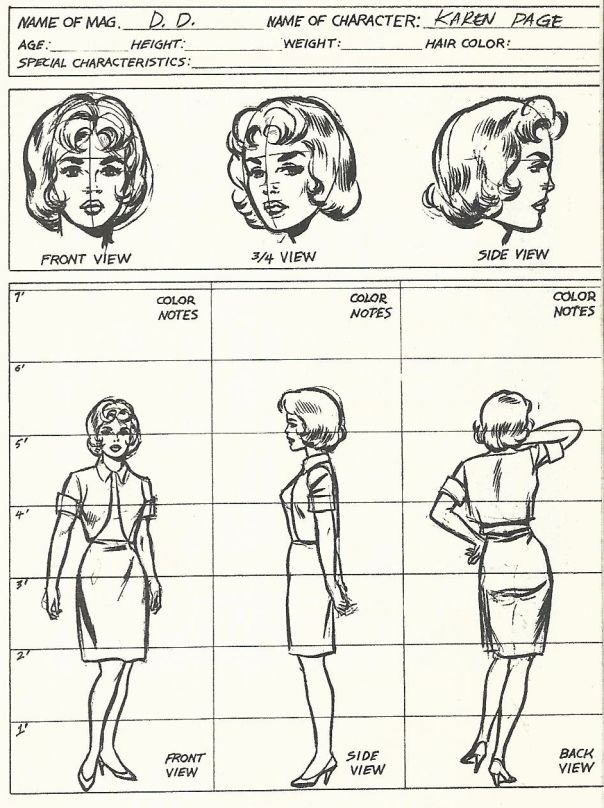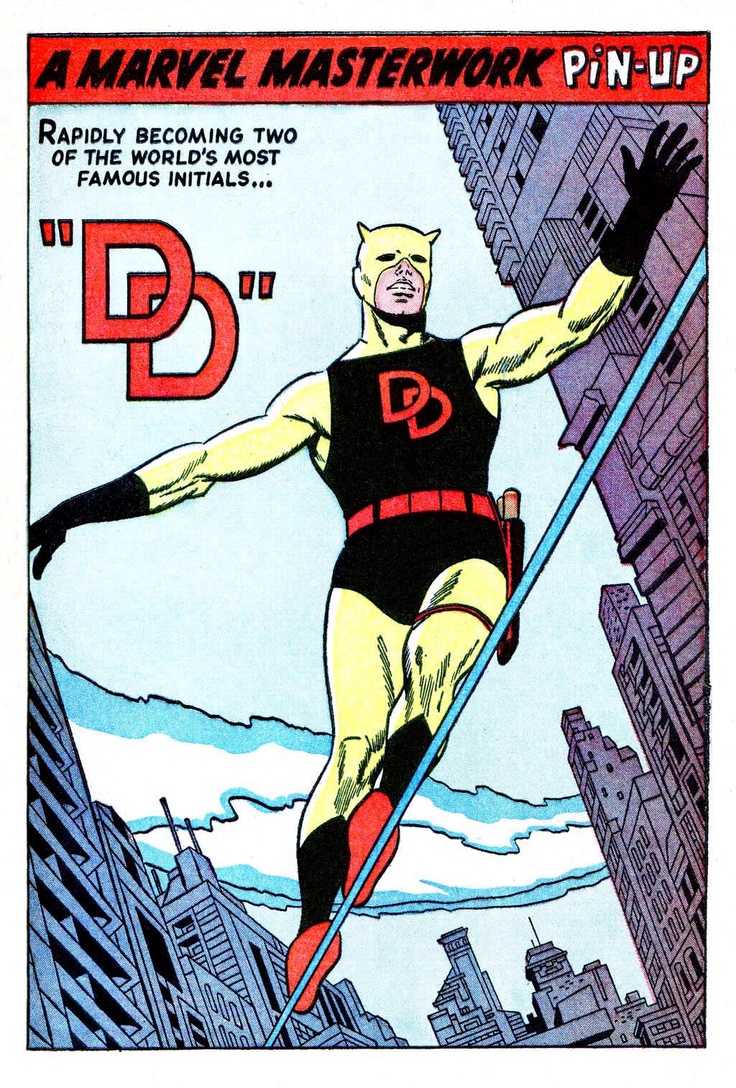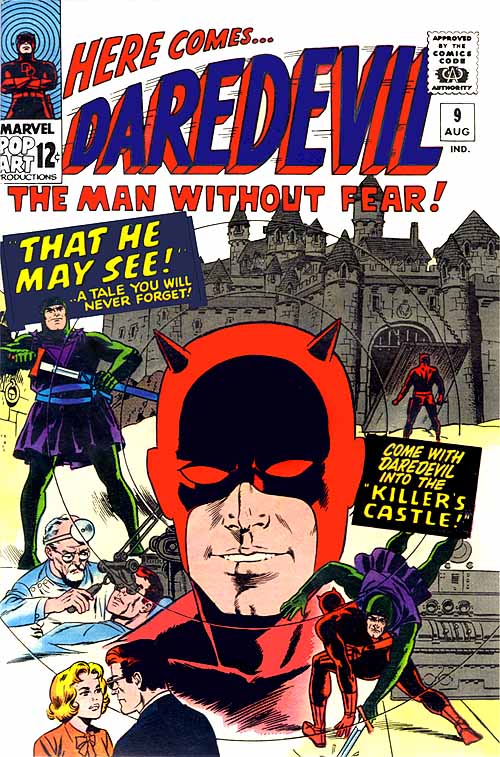Post by Admin on Sept 21, 2021 11:14:58 GMT -7
I grew up at 204 west 16th Street in Austin Texas and spent much of my youth on and around the State Capitol Building. One of my favorite places was the magazine rack at the Blue Bird Cafe behind the Capitol Building at 1307 Congress.

Back then their "Blue Plate Specials" (around a dozen) were 75 cents each, money I easily collected from the nearby fish ponds people tossed coins in.
In 1952 a new comic book appeared at the rack. MAD MAGAZINE!
Up until that point, Al Capp was far and away my favorite cartoonist. Suddenly he was eclipsed by Wally Wood!
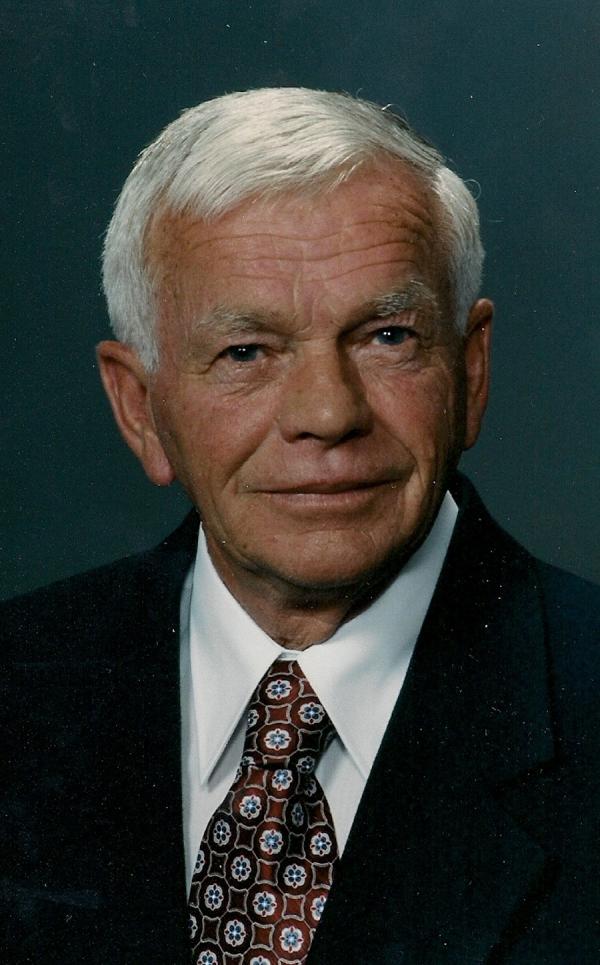
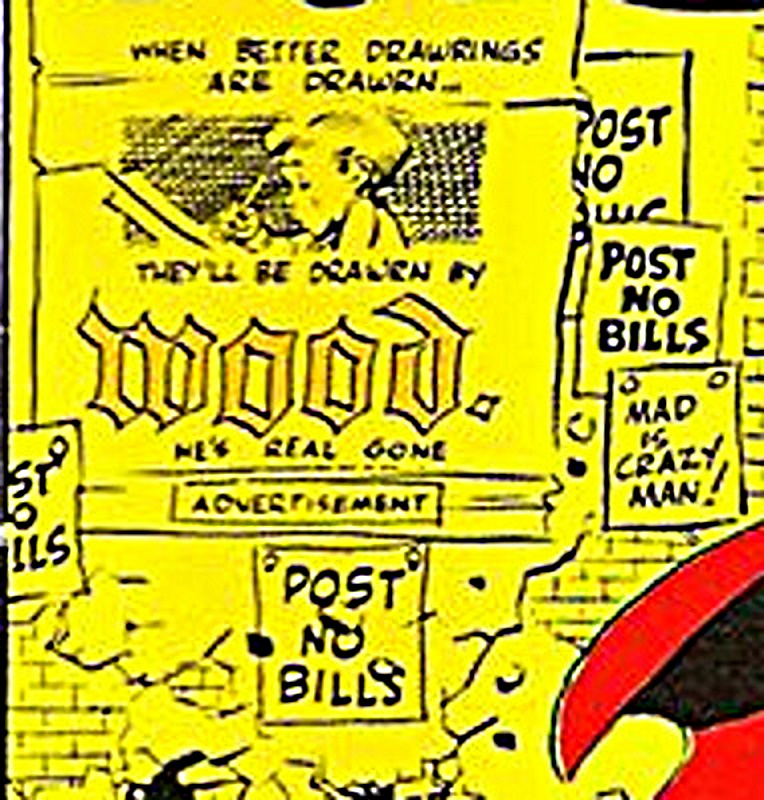

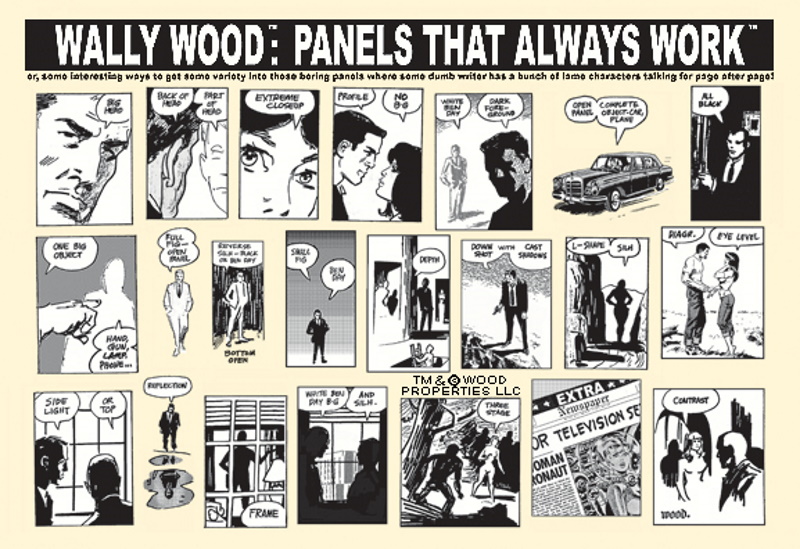



en.wikipedia.org/wiki/Wally_Wood
Wallace Allan Wood (June 17, 1927 – November 2, 1981)[1] was an American comic book writer, artist and independent publisher, widely known for his work on EC Comics's titles such as Weird Science, Weird Fantasy, and MAD Magazine from its inception in 1952 until 1964, as well as for T.H.U.N.D.E.R. Agents, and work for Warren Publishing's Creepy. He drew a few early issues of Marvel's Daredevil and established the title character's distinctive red costume. Wood created and owned the long-running characters Sally Forth and Cannon.
He wrote, drew, and self-published two of the three graphic novels of his magnum opus, The Wizard King trilogy, about Odkin son of Odkin before his untimely death by suicide.
Much of his early professional artwork is signed Wallace Wood; he ultimately became known as Wally Wood, a name he claimed to dislike.[2] Within the comics community, he was also known as Woody, a name he sometimes used as a signature.
In addition to Wood's hundreds of comic book pages, he illustrated for books and magazines while also working in a variety of other areas – advertising; packaging and product illustrations; gag cartoons; record album covers; posters; syndicated comic strips; and trading cards, including work on Topps's landmark Mars Attacks set.
EC publisher William Gaines once stated, "Wally may have been our most troubled artist ... I'm not suggesting any connection, but he may have been our most brilliant".[3]
He was the inaugural inductee into the comic book industry's Jack Kirby Hall of Fame in 1989, and was inducted into the Will Eisner Comic Book Hall of Fame in 1992.

Back then their "Blue Plate Specials" (around a dozen) were 75 cents each, money I easily collected from the nearby fish ponds people tossed coins in.
In 1952 a new comic book appeared at the rack. MAD MAGAZINE!
Up until that point, Al Capp was far and away my favorite cartoonist. Suddenly he was eclipsed by Wally Wood!







en.wikipedia.org/wiki/Wally_Wood
Wallace Allan Wood (June 17, 1927 – November 2, 1981)[1] was an American comic book writer, artist and independent publisher, widely known for his work on EC Comics's titles such as Weird Science, Weird Fantasy, and MAD Magazine from its inception in 1952 until 1964, as well as for T.H.U.N.D.E.R. Agents, and work for Warren Publishing's Creepy. He drew a few early issues of Marvel's Daredevil and established the title character's distinctive red costume. Wood created and owned the long-running characters Sally Forth and Cannon.
He wrote, drew, and self-published two of the three graphic novels of his magnum opus, The Wizard King trilogy, about Odkin son of Odkin before his untimely death by suicide.
Much of his early professional artwork is signed Wallace Wood; he ultimately became known as Wally Wood, a name he claimed to dislike.[2] Within the comics community, he was also known as Woody, a name he sometimes used as a signature.
In addition to Wood's hundreds of comic book pages, he illustrated for books and magazines while also working in a variety of other areas – advertising; packaging and product illustrations; gag cartoons; record album covers; posters; syndicated comic strips; and trading cards, including work on Topps's landmark Mars Attacks set.
EC publisher William Gaines once stated, "Wally may have been our most troubled artist ... I'm not suggesting any connection, but he may have been our most brilliant".[3]
He was the inaugural inductee into the comic book industry's Jack Kirby Hall of Fame in 1989, and was inducted into the Will Eisner Comic Book Hall of Fame in 1992.


 LOVE the little robots playing baseball!
LOVE the little robots playing baseball! 
